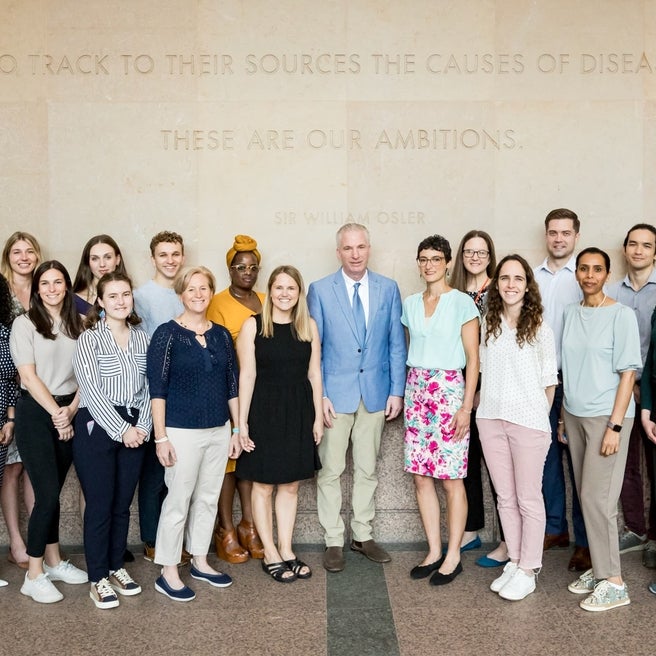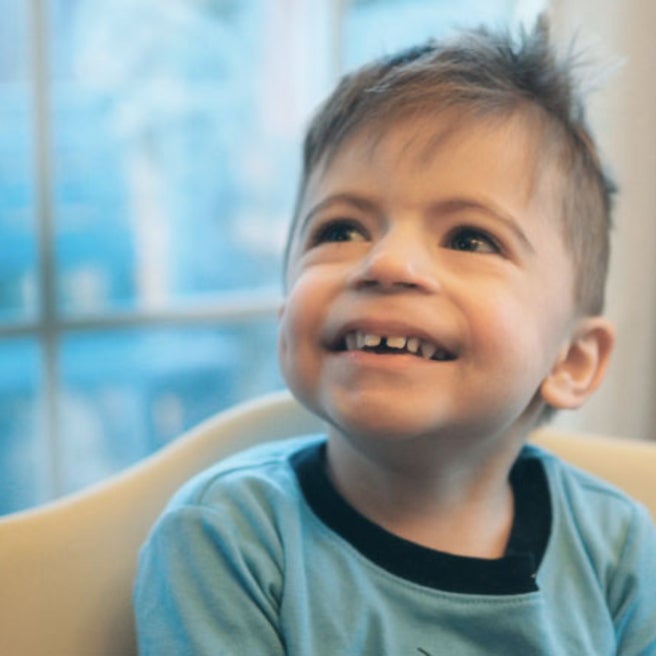What is Cornelia DeLange Syndrome
Cornelia de Lange syndrome (CdLS) is a genetic condition present at birth. It’s characterized by numerous physical, intellectual and behavioral differences. Children with CdLS usually have low birth weight, are smaller in size and height and have a smaller head circumference (microcephaly). Most also experience developmental delays that range from mild learning disabilities to profound intellectual disabilities.
The syndrome takes its name from the Dutch pediatrician who was one of the first to formally describe it, in 1933. It occurs in an estimated 1 in 10,000 live births.
Signs and symptoms of Cornelia de Lange syndrome
Common physical characteristics of CdLS include:
- Similar facial features (which may include an upturned nose, eyebrows that meet in the middle, long eyelashes and low-set ears)
- Gastroesophageal reflux disease (GERD), which can make eating painful and contribute to slow growth and other intestinal differences
- Upper limb differences ranging from small hands to missing fingers or forearms
- Cleft palate
Diaphragmatic hernias, vision and hearing problems, excessive body hair (hirsutism), heart defects, seizures and dental issues are also common.
Behavioral issues, such as self-injury or attention deficit hyperactivity disorder, might also be present.
Causes of Cornelia de Lange syndrome
To date there are several different genes that have been identified that result in CdLS when a change (mutation) occurs in one. There are still a small percentage of people with CdLS in whom a change in one of these genes cannot be identified; it is likely that additional causative genes have yet to be identified. In the majority of cases, the mutation is not inherited, but occurs spontaneously as a new (de novo) change in an egg or sperm or very early in fetal development.
A team at Children’s Hospital of Philadelphia, led by Ian Krantz, MD, identified the first gene to cause CdLS when mutated. The gene is called NIPBL. Since that discovery in 2004, two additional CdLS genes have been identified.
Outlook and follow-up care for Cornelia de Lange syndrome
A person with CdLS can live a normal lifespan. However, if medical problems such as recurrent pneumonia, intestinal issues or congenital heart defects are not identified and properly treated, they may result in a shortened lifespan.
Your Child’s Appointment
Learn about what to expect at your first visit to our center, what to send ahead of time, who you’ll meet, and what happens next.
Resources to help
Cornelia de Lange Syndrome Resources
Center for Cornelia de Lange Syndrome and Related Diagnoses Resources
We have compiled resources to help you feel more confident in the care you are providing your child with Cornelia de Lange syndrome or related diagnoses.

